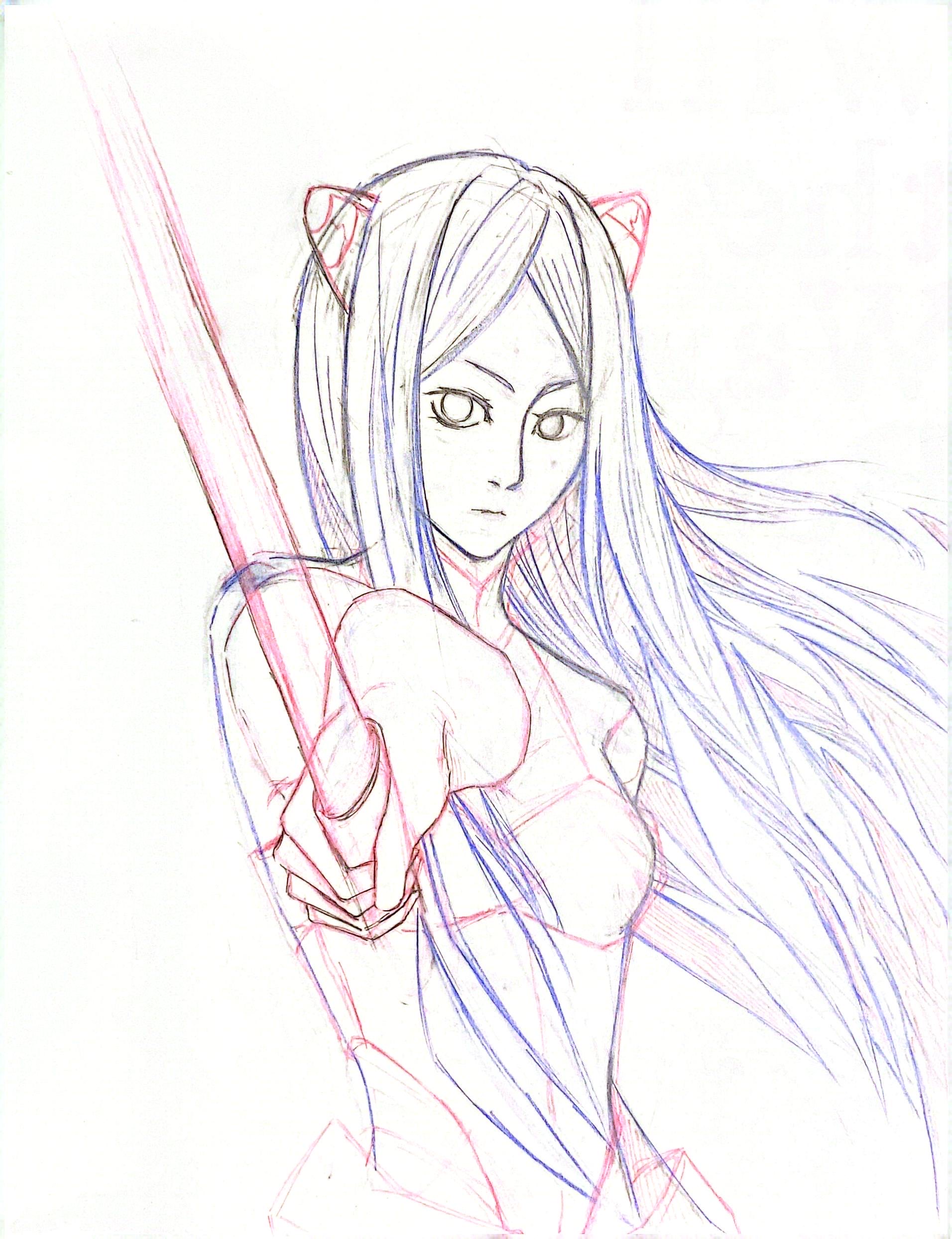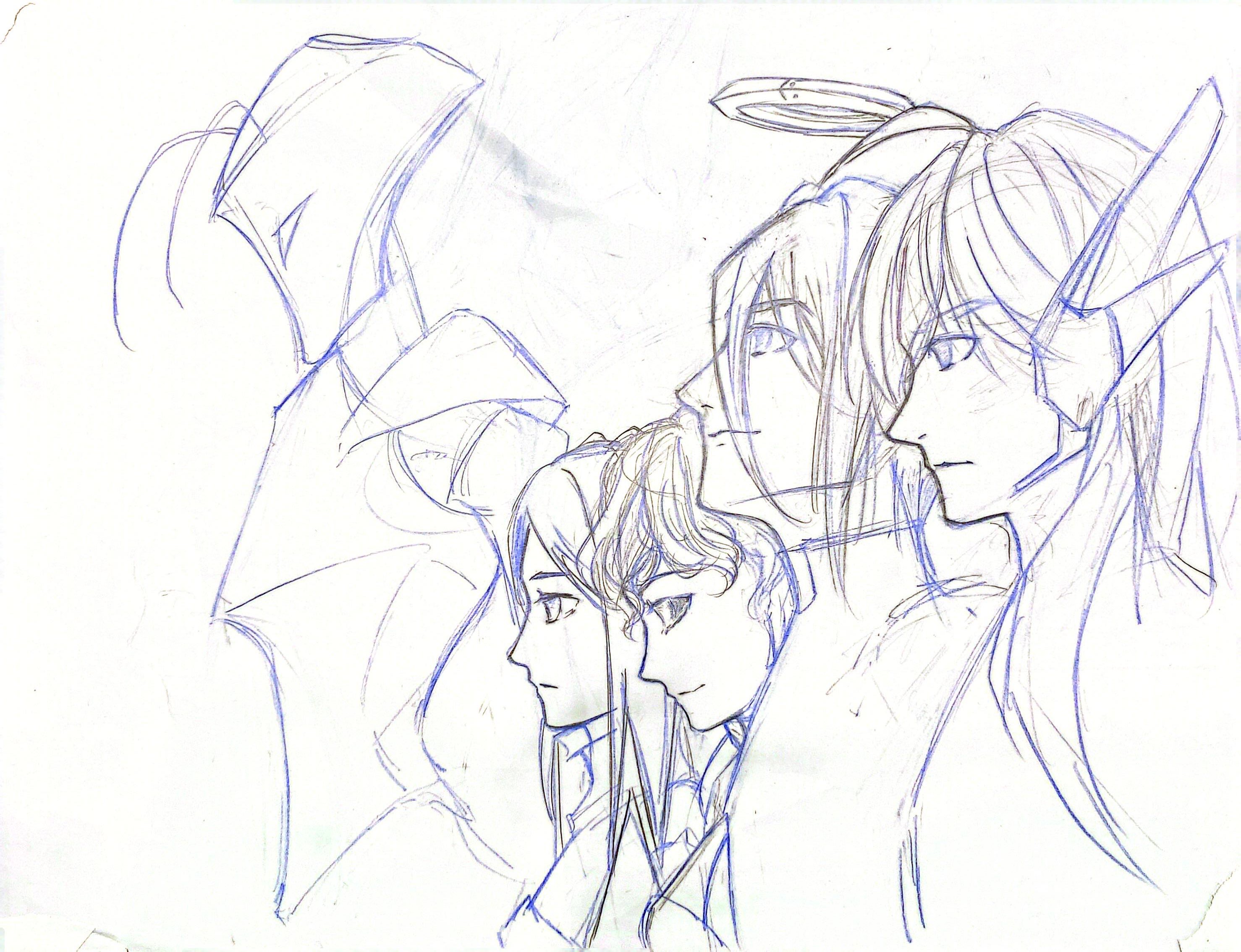Representing modernity that has persisted since the Enlightenment, this worldview features nations with real-world prototypes, but I was too lazy to name them, so I used colors instead to represent different civilizations and races. When choosing the colors, I pondered over various options, making it a cultural odyssey, but the results were somewhat satisfactory:
Qing (Cyan): Prototype China
Red: Prototype France? European Union? Holy Roman Empire? Byzantine Empire?
White: Prototype Russia
Black: Prototype United States
Grey: Prototype United Kingdom
(Colorless: Disintegrated countries. Prototype Soviet Union.)
Blue: India
Green: ASEAN countries
Purple: Japan
Yellow: Middle East Countries
Golden: South Africa


I'll explain the origin of the Qing (青Cyan) Country. Initially, I chose yellow as the color for the Qing Country. The reason was simple: not only is the mother river of China called the Yellow River, but also China's millennia-old agrarian culture is deeply associated with the yellow earth. However, I overturned this idea later. Firstly, because there was already a popular work implementing this idea, and I didn't want to be a mere imitator. Secondly, as a Chinese person who believes I understand my cultural background very well, I felt that such a design would be too superficial. So, after another cultural odyssey, I discovered "Qing." It has no relation to the Qing Dynasty(清). I chose Qing to represent China because "Qing" embodies the unique inclusiveness and abstraction of Chinese culture. No one can confidently say what color Qing truly is; the dictionary records several interpretations: blue, green, grey, black... I felt this color, or rather, this concept, was very much like China, so the Qing Country was born.
The other countries and their corresponding colors are much easier to understand:
Red represents revolution, aligning with the modern history of France, and is also the representative color of the Byzantine Empire; white always evokes images of long winters and desolate snowfields, so white naturally goes to the country prototype of Russia; as for colorless, because of the premise that "different colors represent different civilizations and races," it naturally discards ethnic emphasis and emphasizes class—the proletarians of the world unite, regardless of where they come from or what race they are.